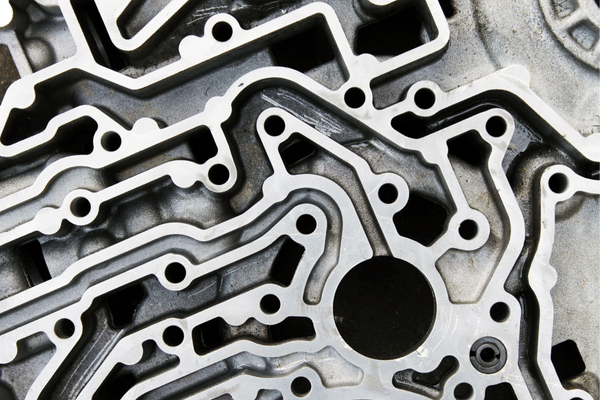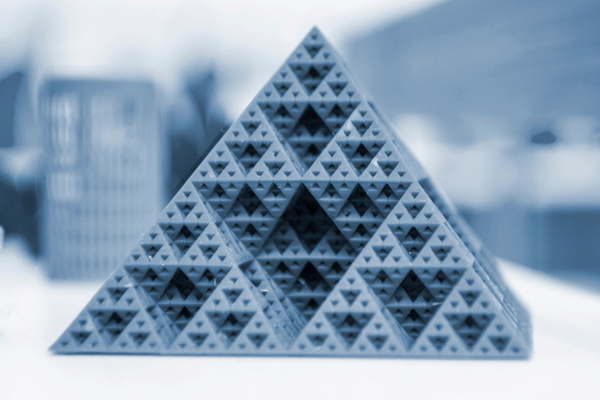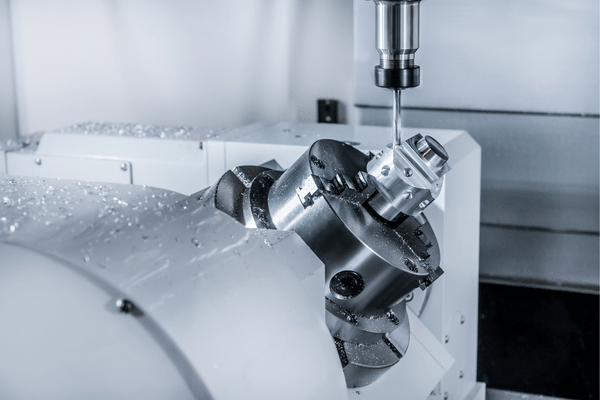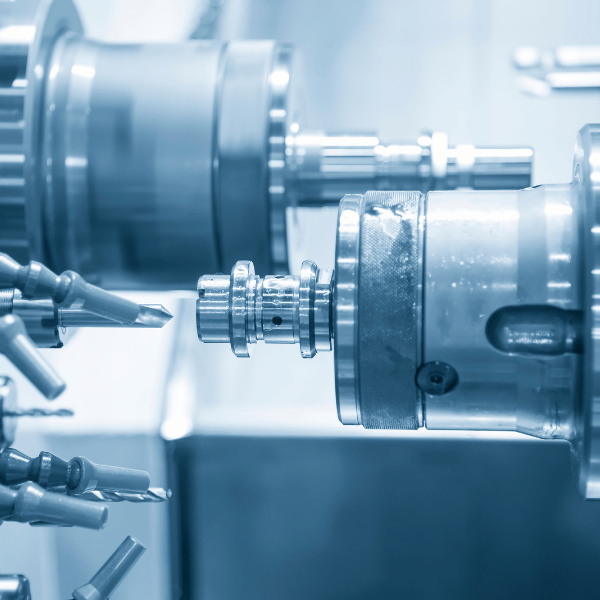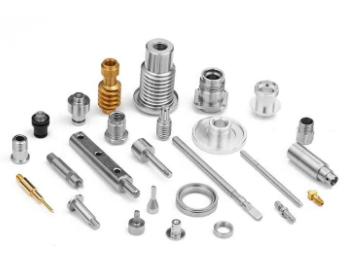CNC Aluminum is a widely used material in the aerospace industry. It is also used in several other industries, such as automotive, marine, and medical. CNC machining is a manufacturing process that uses computers to control cutting tools. The benefits of CNC machining are the precision and accuracy that can be achieved with this process.
The most common use of CNC-machined aluminum is for structural parts that need to be lightweight but strong enough to carry loads. These parts are usually machined from billets or blocks of the aluminum cast into their final shape by casting. The castings are then machined using a combination of turning, drilling, and milling operations to remove any excess material from the casting before it is finished with a coating or anodizing process (depending on the part’s purpose).

Here are five things about CNC Machined Aluminum:
Aluminum Material
Aluminum is a silvery white metal that exists in nature as aluminum oxide (Al2O3). It is one of the most abundant elements on earth and the third most abundant element in the universe after oxygen and silicon. Aluminum is also very reactive with water, so it does not occur freely in nature but combines with other elements in minerals such as bauxite. Alumina, another aluminum compound, is used to make aluminum metal by electrolysis.
Grades
Aluminum is a silvery white metal that has applications in many industries. It is lightweight and malleable, and it conducts electricity. Aluminum is used for structural components in building construction, vehicles, aircraft, portable equipment, and packaging.
Aluminum can be manufactured into wire, sheet, rod, and bar stock; castings (including die-castings); forgings; extruded shapes; and extrusions of all kinds. The most common use of aluminum is in construction because it is lightweight, corrosion-resistant and easily shaped into complex components.
The most common grades of aluminum are:
1100 – AP&P Grades – Alclad
3003 – Extruded Profiles & Bars
3004 – Extruded Profiles & Bars
5052 – Plate & Sheet & Strip
6061 T6 – Plate & Sheet & Strip
CNC Aluminum Prototype Services
Our experienced experts can design and manufacture prototype parts from metal, plastic, or any other material per your specifications. You can send us your 3D files or drawings for a free quote, and we will send you a detailed quote with all the material specifications and machining procedures for your approval. Once you approve it, we will start working on your project immediately.
Causes of deformation during CNC aluminum machining
1) The material of the cutting tool is not suitable for the process;
2) The cutting speed is too high;
3) The cutting depth is too large;
4) The feed rate is too fast;
5) The cutting pressure is too big;
6) The rigidity of the machine tool structure is not enough;
7) The accuracy of the positioning system (positioning accuracy or positioning stability) is not enough;

Symmetrical Machining
Symmetrical machining is a popular method used to produce parts that have complex geometries. It is used in many industries and applications. The basic principle of symmetrical machining is to start with the roughing endmill and then use a finishing endmill to finish the surface. This method has many advantages over conventional methods such as cutting, drilling, milling, or grinding.
There are several advantages to using symmetrical machining, including the following:
Greater efficiency: You can save time by using this method because it reduces the number of cuts required to achieve the desired geometry and finish. This saves you money on labor costs and improves productivity because you don’t need extra people working on a job that could be done with just one person.
Improved accuracy: The linearity of the cut is improved because the toolpaths created by a symmetrical milling machine only move in one direction. This means you won’t have any issues with off-center cuts or inconsistent surface finish.
Easier to control: You’ll find it easier to control the tool when using a symmetrical milling machine than a conventional machine. This is because the headstock is stationary and does not move side-to-side or up and down during operation.

Stratified Multiple Machining
Stratified Multiple Machining is a process used to machine the surface of a part by dividing the part into layers and machining each layer sequentially. This method allows for highly accurate, complex parts to be produced with minimal tooling, setup, and finishing costs.
Stratified Multiple Machining (SMM) is a process that divides a workpiece into layers or sections. Each layer is then machined separately and assembled to form the final product. This process can create complex parts with high accuracy and minimum tooling cost.
Each workpiece layer is machined separately and assembled to form the final product.

Get an Appropriate Cutting Parameter
The first step in choosing cutting parameters for CNC aluminum is to find the type of metal you are working with. Aluminum is one of the most common metals used in CNC machining, but it comes in many different forms. You need to know which type of aluminum to pick an appropriate feed rate and speed for your toolpaths.
Many types of aluminum have similar properties, but some differences could affect their behavior during machining operations. For example, cast aluminum has different thermal properties than extruded aluminum, making it harder for machines to keep cool during cutting operations. So when working with cast aluminum parts, try increasing your machine’s cooling fan speed so that it stays cool enough during long cutting cycles or those that use high-power spindles like 4-the-axis setups.
The other thing you need to be aware of is that the hardness of aluminum alloys can vary quite a bit. If you’re unsure what aluminum alloy your part is made from, it’s best to err on caution and machine it with slower feed rates and speeds than you might use for steel parts.

Drilling and Milling
CNC aluminum drilling and milling is a process that uses machines to create parts out of metal. It is used in many different industries, such as aerospace and automotive. This process is done by first creating a 3D model of the part you want to create on a computer, then sending it to a CNC machine which will drill holes or mill parts out of your material.

5 Axis CNC Machining
5-Axis CNC machining is a manufacturing process that uses five axes to control the movement of the workpiece. It can be used for milling and drilling, as well as for turning and boring. The additional axis allows you to make cuts on an angle, cut out shapes that would otherwise not be possible in a 2-axis machine, and more.
A 5-axis CNC machining center will enable you to take on more complex jobs than a standard machine tool. This is because it allows you to create 3D forms from flat sheets of material or other complex parts, such as castings or forgings. It also has greater flexibility when making holes, slots, and grooves.

Conclusion
CNC Machined Aluminum is a masterpiece, the result between technology and handcraft. CNC Machined Aluminum is aesthetic and full of art. If You want to buy this kind of material, you could choose ETCN; cause ETCN provides very good CNC Machined Aluminum.


